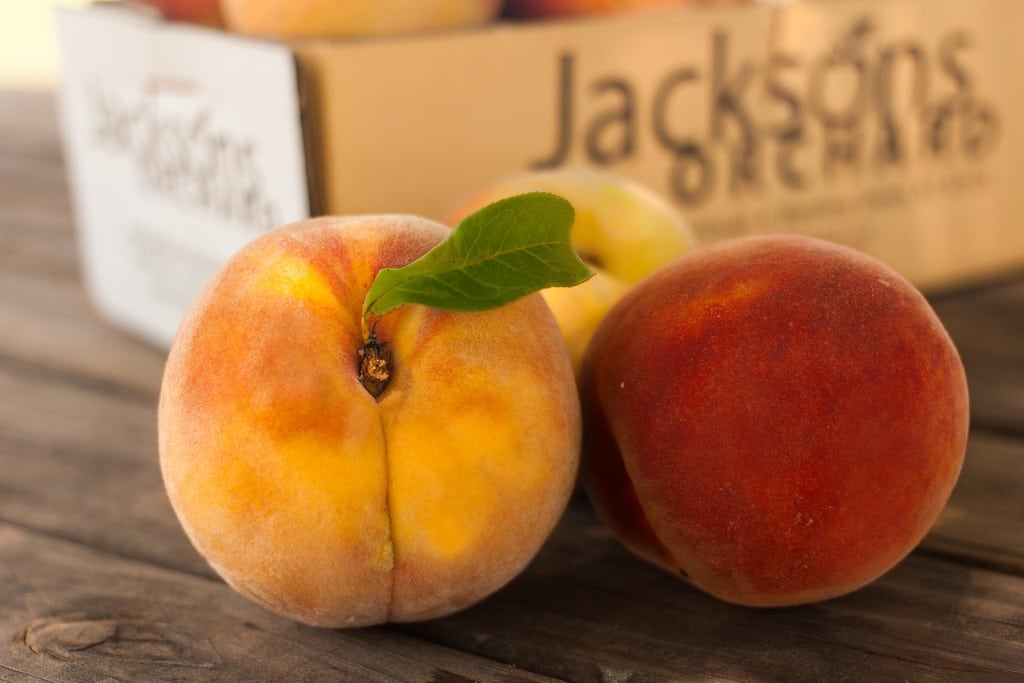What Is A Contender Peach – Tips For Growing Contender Peaches


What is a Contender peach tree? Why should I consider growing Contender peaches? This disease-resistant peach tree produces generous crops of medium to large, sweet, juicy freestone peaches. Have we piqued your curiosity? Read on and learn how to grow Contender peaches.
Contender Peach Facts
Contender peach trees are cold hardy and tolerant of sub-zero temperatures. Although Contender peaches grow in a wide diversity of climates, they are especially prized by northern gardeners. Contender peach trees were developed at North Carolina Agricultural Experiment Station in 1987. They are favored by home gardeners, not only for the quality of the fruit, but for the masses of pink blooms in springtime. Growing Contender peaches is easy, and the tree’s mature height of 10 to 15 feet (3 to 5 m.) simplifies pruning, spraying and harvesting.
How to Grow Contender Peaches
Contender peach trees are self-pollinating. However, a pollinator in close proximity may result in a larger crop. Plant the trees where they receive at least six to eight hours of full sunlight per day. Allow 12 to 15 feet (4-5 m.) between trees. Avoid locations with heavy clay, as Contender peach trees require well-drained soil. Similarly, peach trees tend to struggle in fast-draining sandy soil. Before planting, amend the soil with generous amounts of dry leaves, grass clippings or compost. Once established, Contender peaches generally don’t need supplemental irrigation if you receive an average of about an inch (2.5 cm.) or more of water per week. However, it’s a good idea to give the tree a thorough soaking every seven to 10 days during dry periods. Fertilize Contender peach trees when the tree begins bearing fruit, generally after two to four years. Feed the peach trees in early spring, using a peach tree or orchard fertilizer. Never fertilize Contender peach trees after July 1. Pruning should be done when the tree is dormant; otherwise, you may weaken the tree. You can remove suckers during the summer, but avoid pruning during that time.
Gardening tips, videos, info and more delivered right to your inbox!
Sign up for the Gardening Know How newsletter today and receive a free copy of our e-book "How to Grow Delicious Tomatoes".

A Credentialed Garden Writer, Mary H. Dyer was with Gardening Know How in the very beginning, publishing articles as early as 2007.
-
 Looking For Plants To Give You The Soft And Fuzzies? Try These 5 Fuzzy Leaf Plant Options
Looking For Plants To Give You The Soft And Fuzzies? Try These 5 Fuzzy Leaf Plant OptionsLovers of texture, drama, silver foliage and tactile plants will adore these special sensory garden additions. These fuzzy leaf plant options will leave you all aglow
By Susan Albert
-
 Get Ready For A Summer Of Hummers! Grow These Full Sun Hummingbird Plants and Flowers
Get Ready For A Summer Of Hummers! Grow These Full Sun Hummingbird Plants and FlowersIf you’re lucky enough to enjoy a sunny backyard, make sure you are maxing out on your pollinator opportunities and grow these full sun hummingbird plants and flowers
By Tonya Barnett